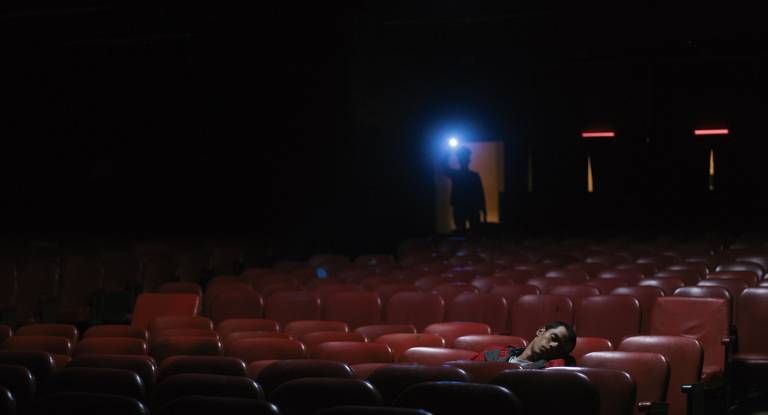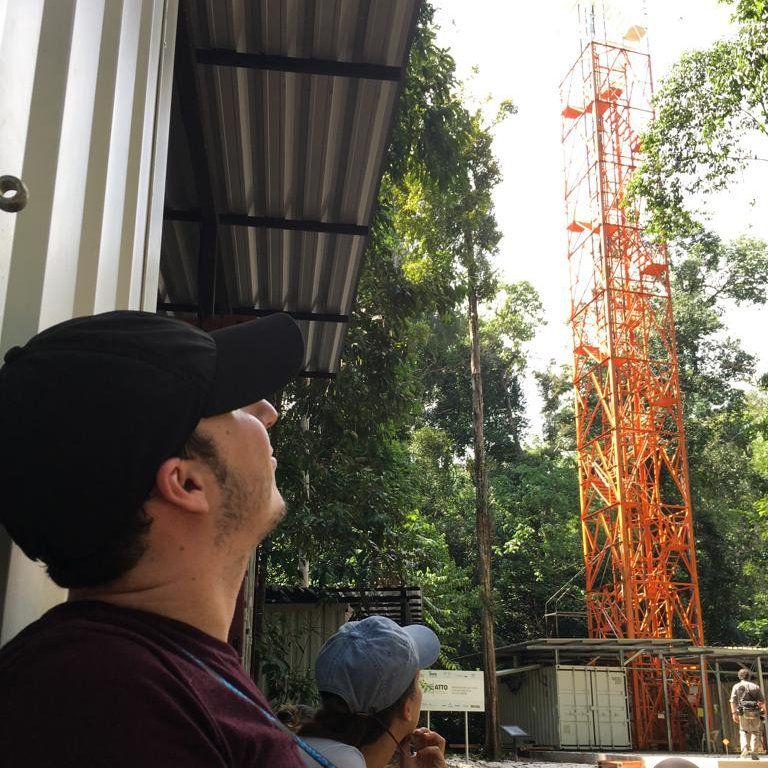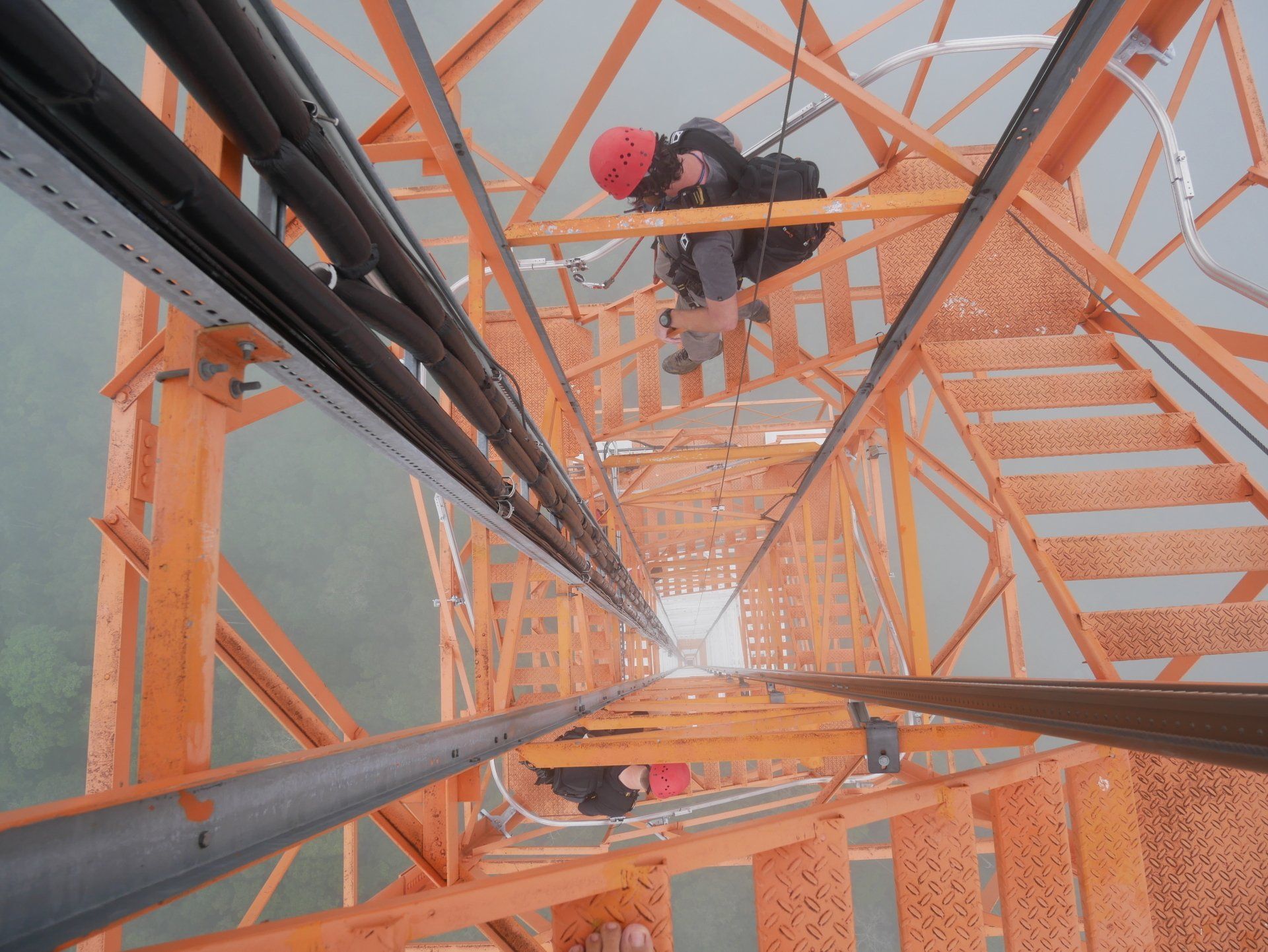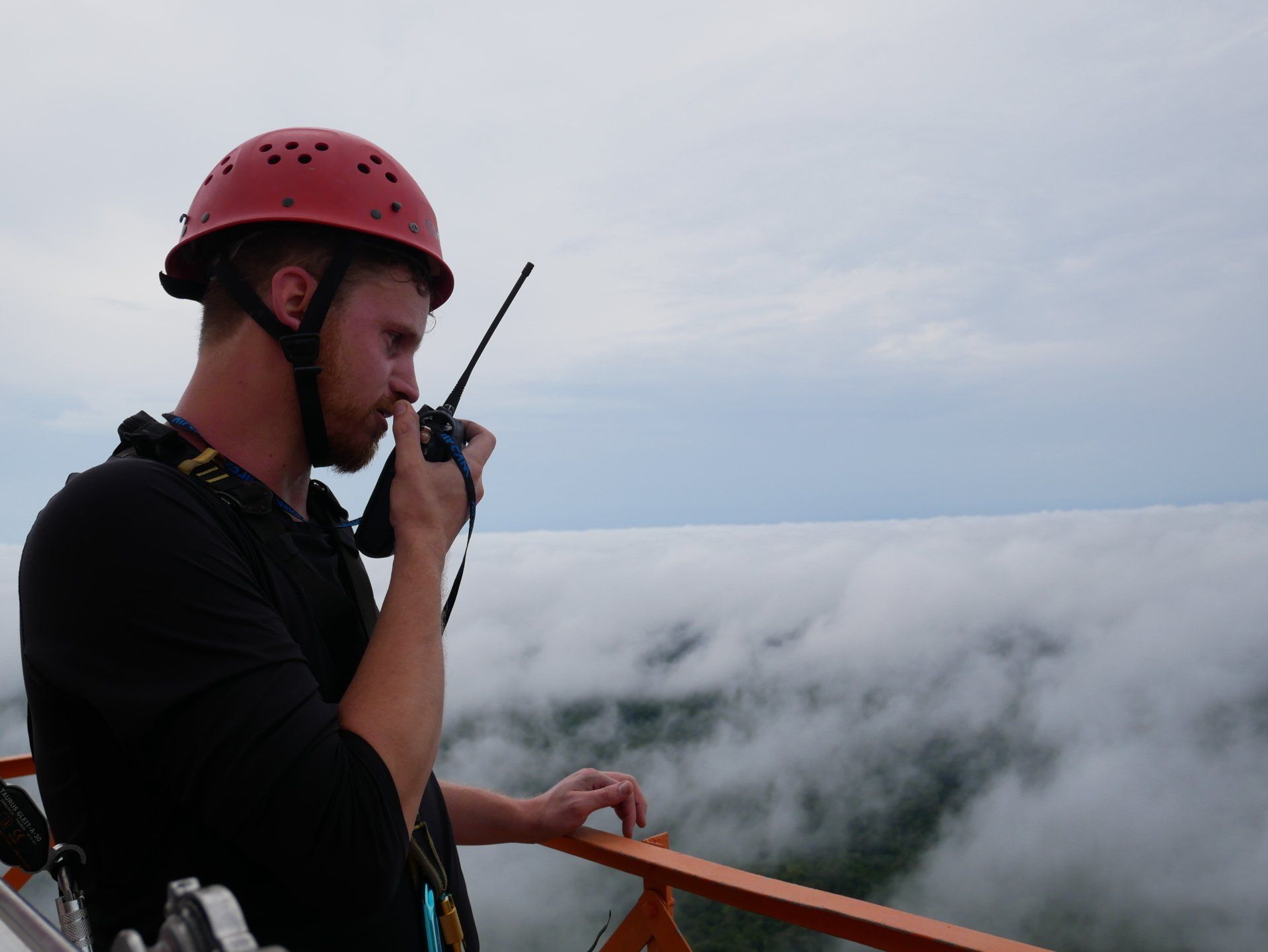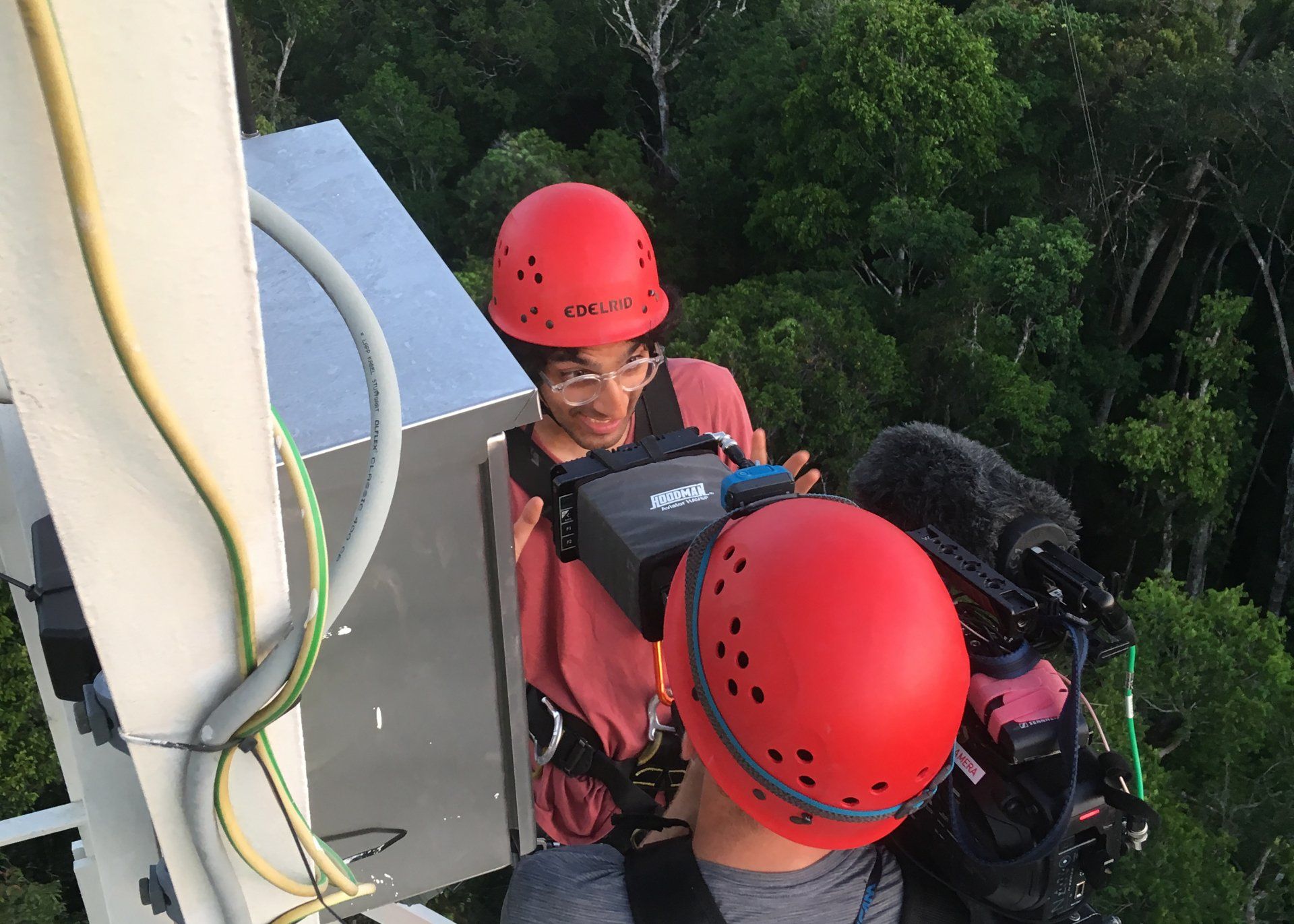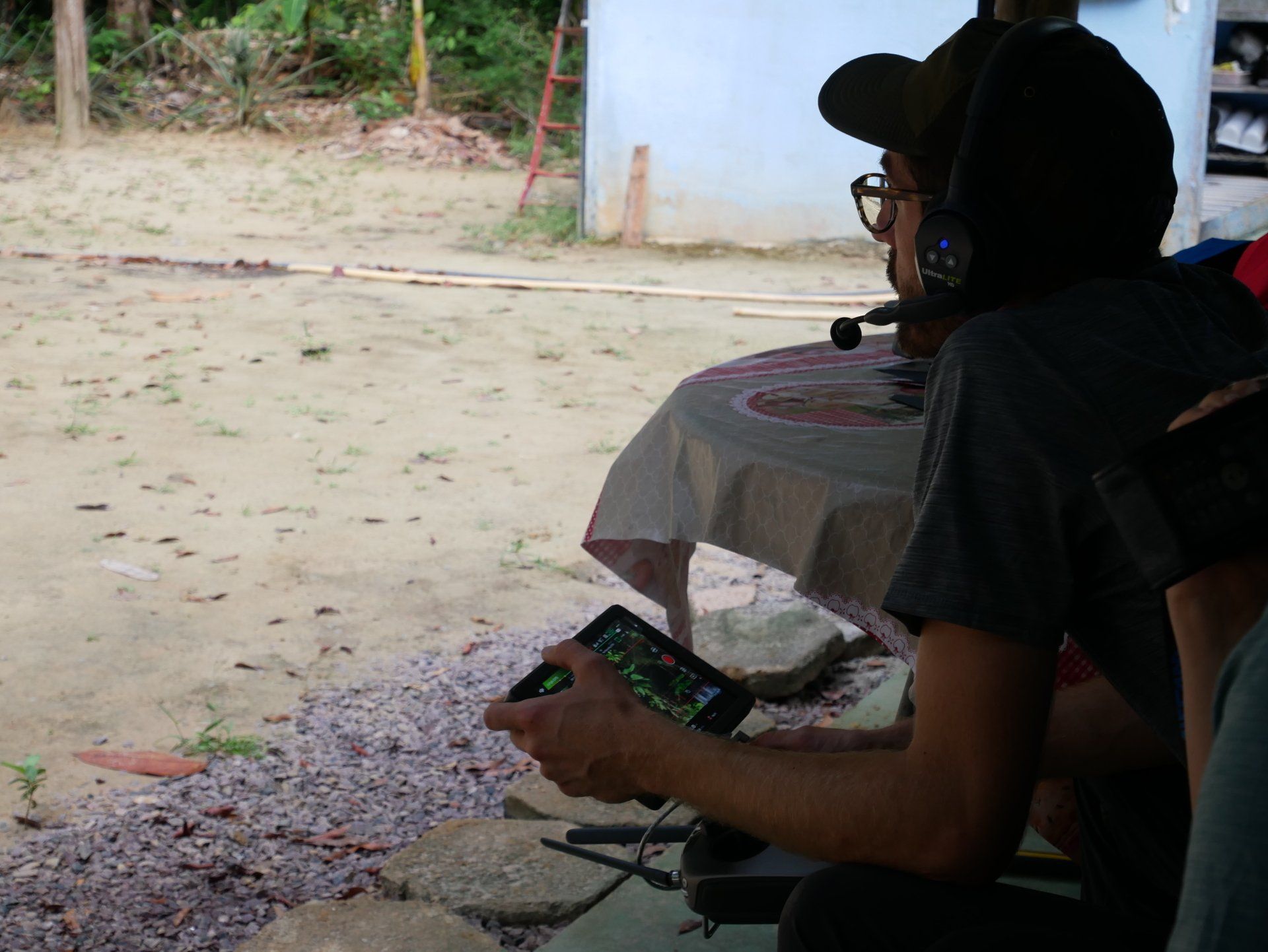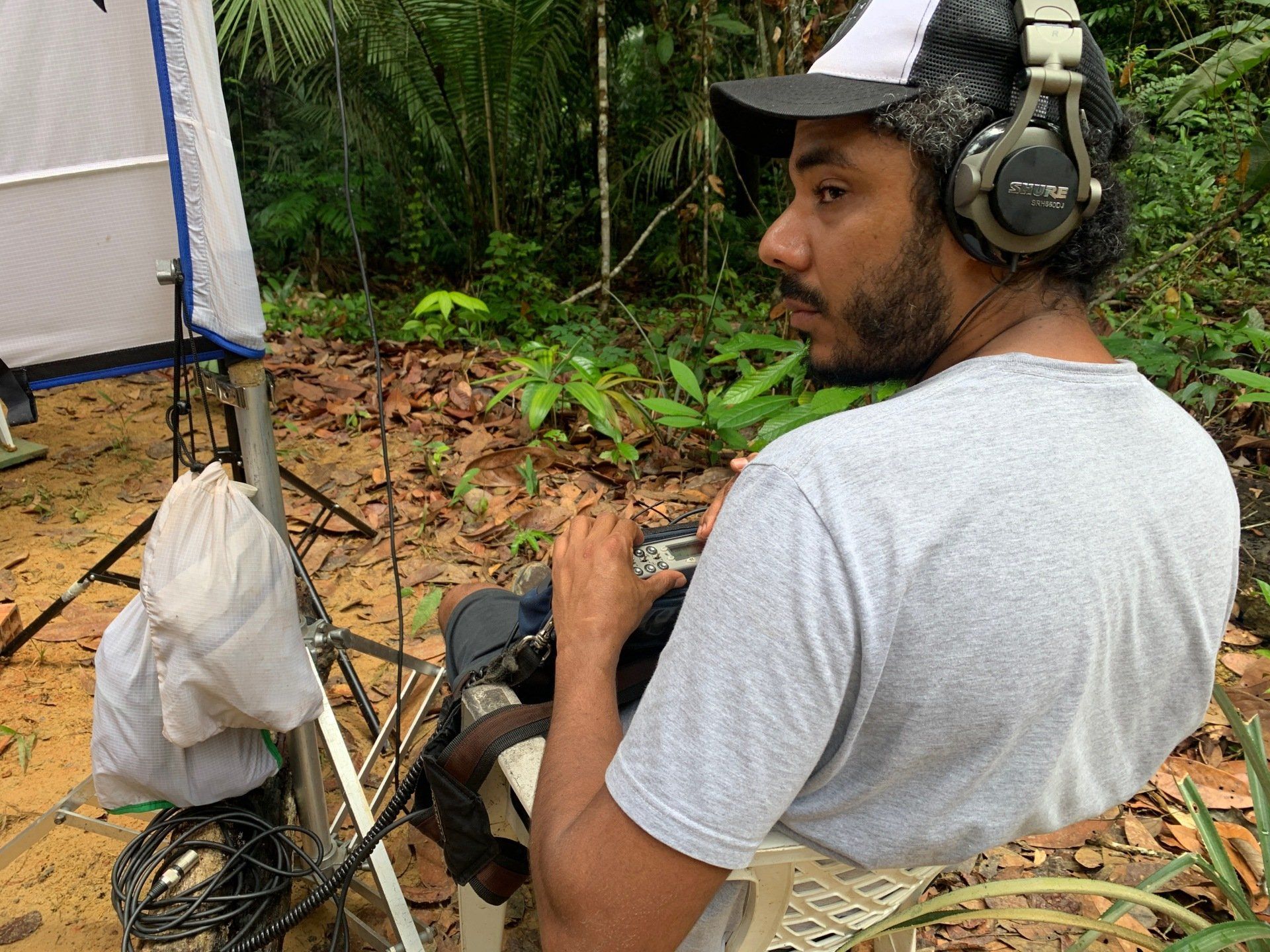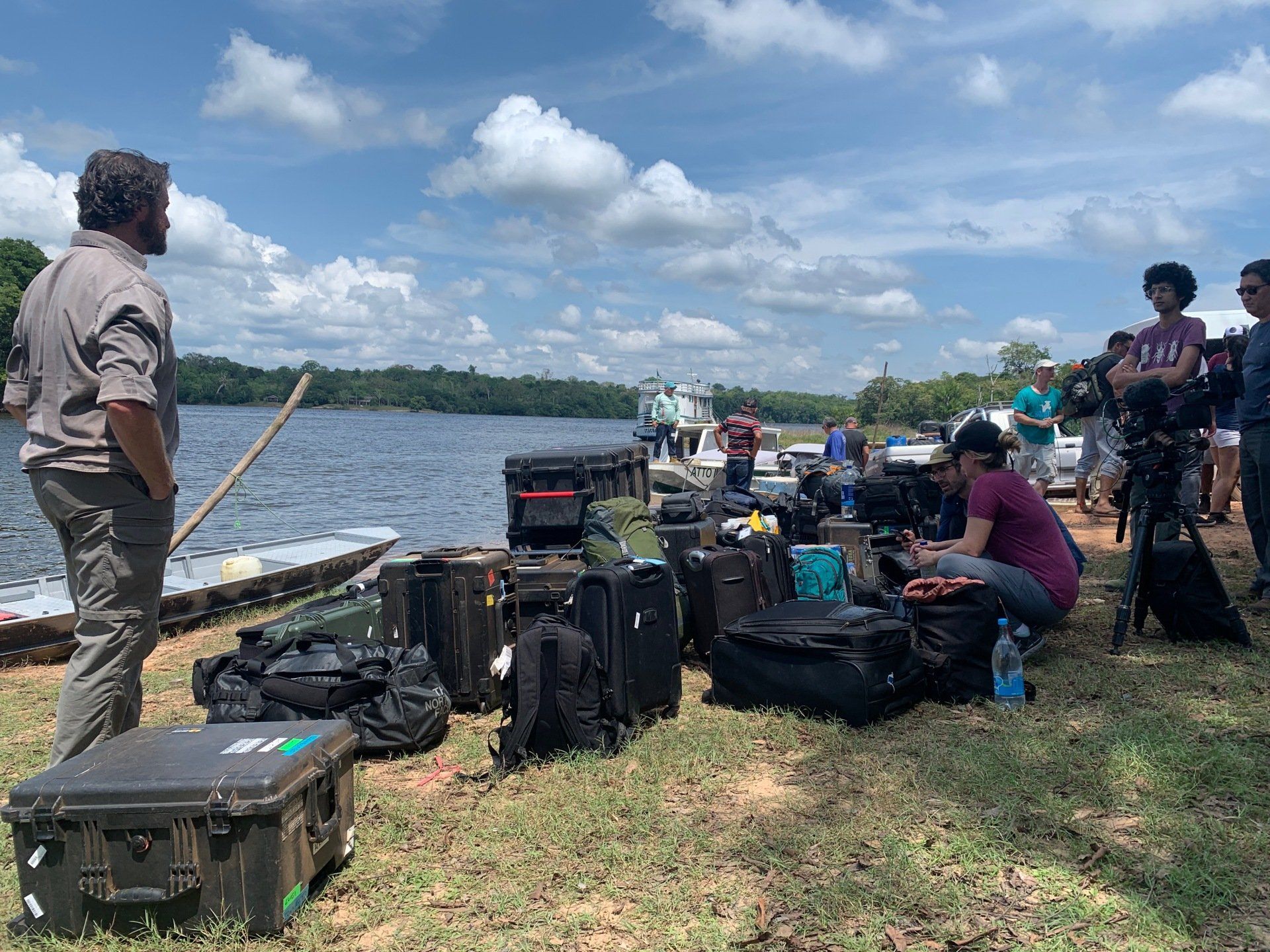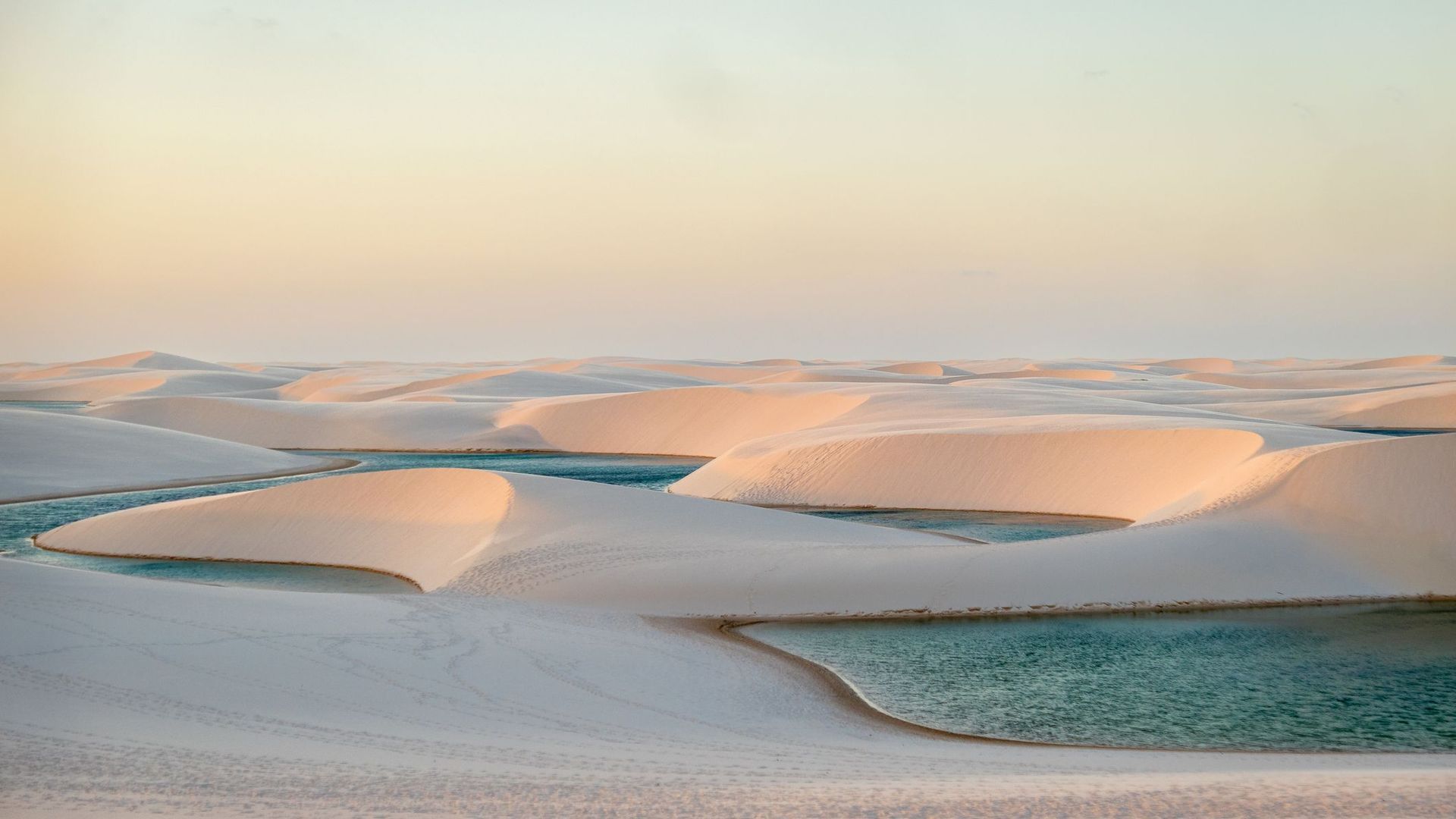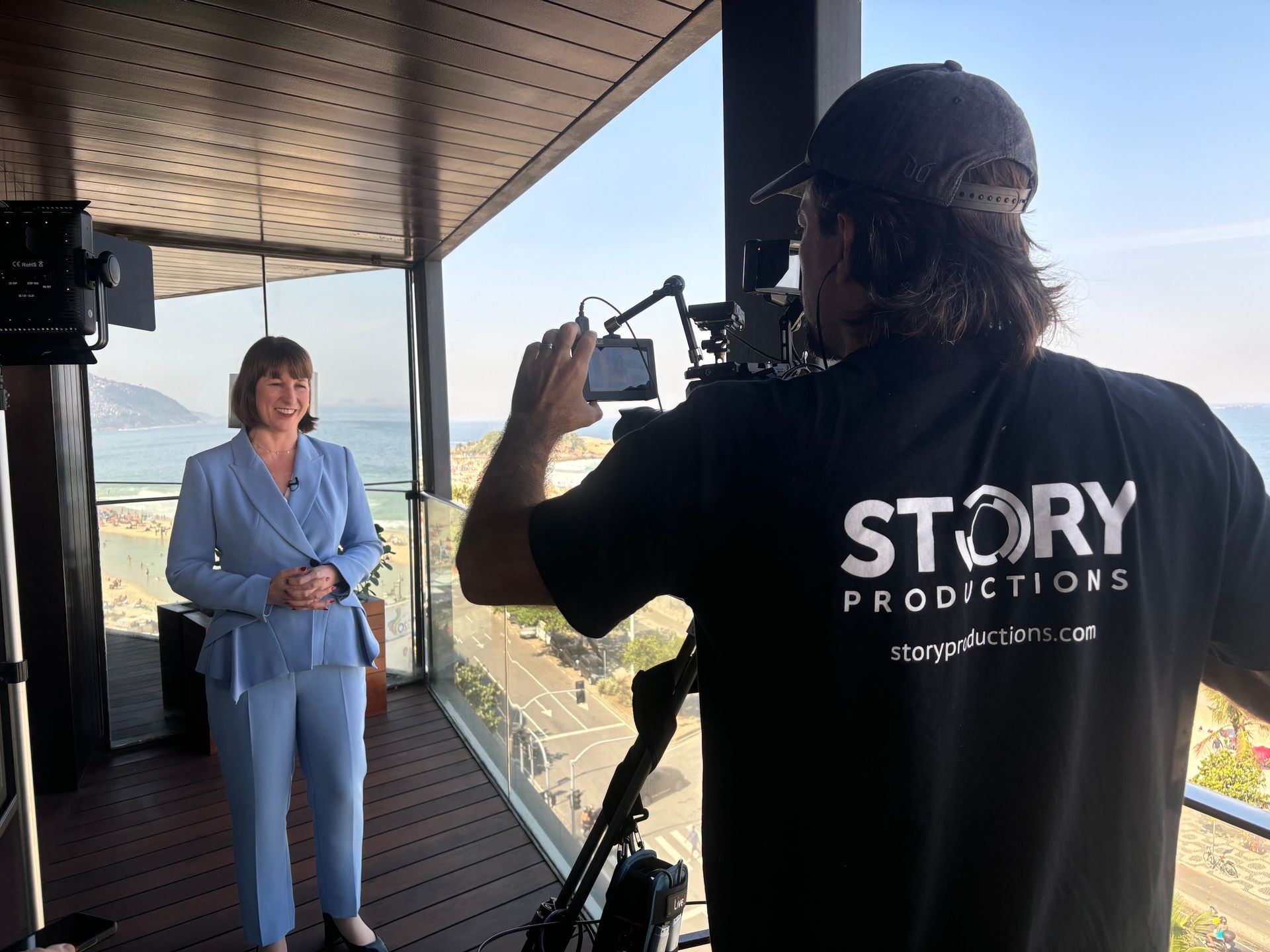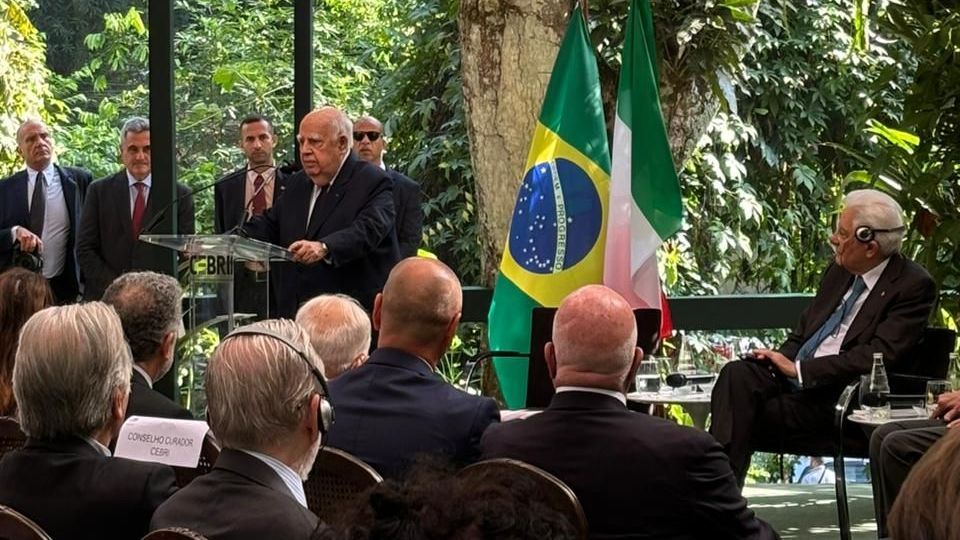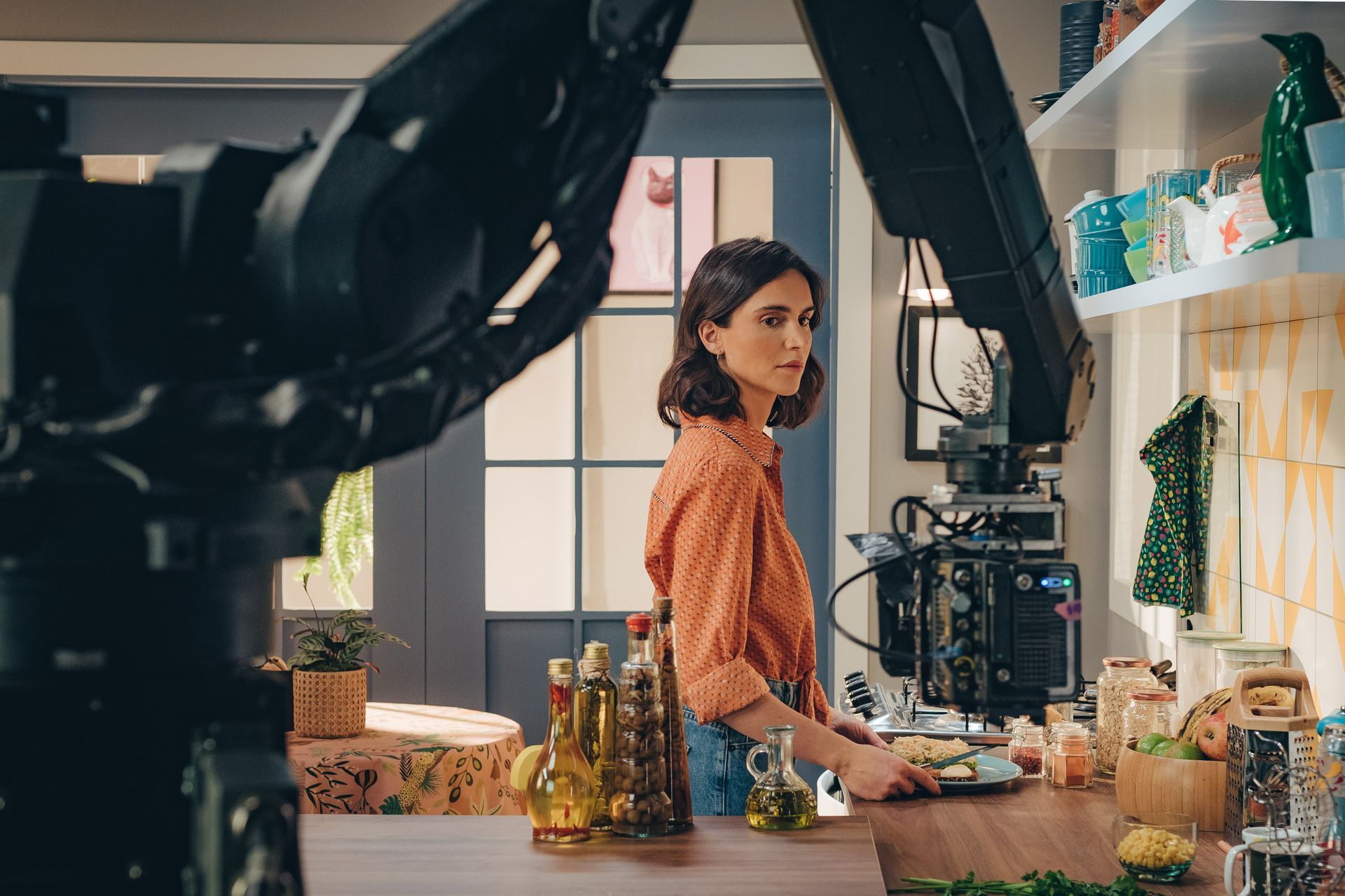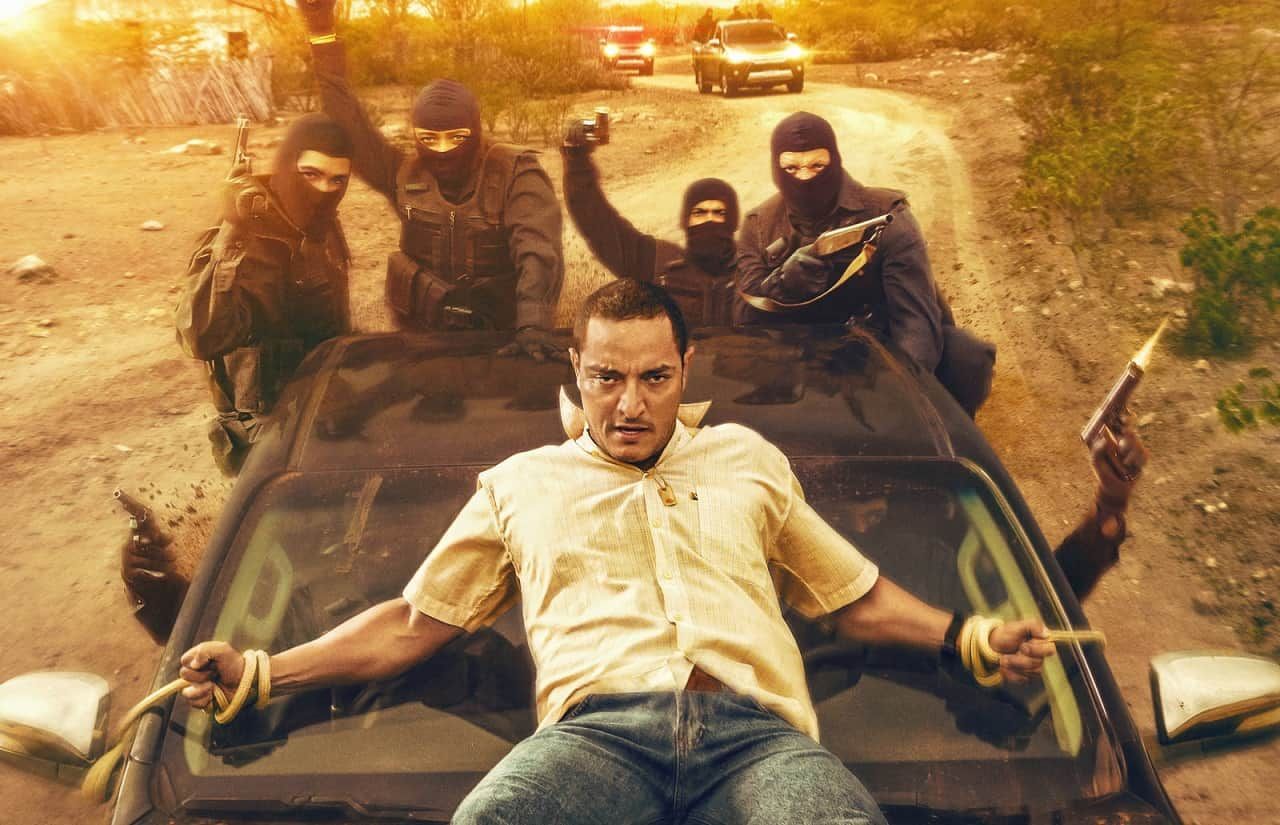Filming at ATTO in the Amazon Rainforest
Go behind the scenes of new Netflix series Connected
to discover the challenges of filming 325 metres up the Amazon Tall Tower Observatory (ATTO) deep in the heart of the Amazon Rainforest
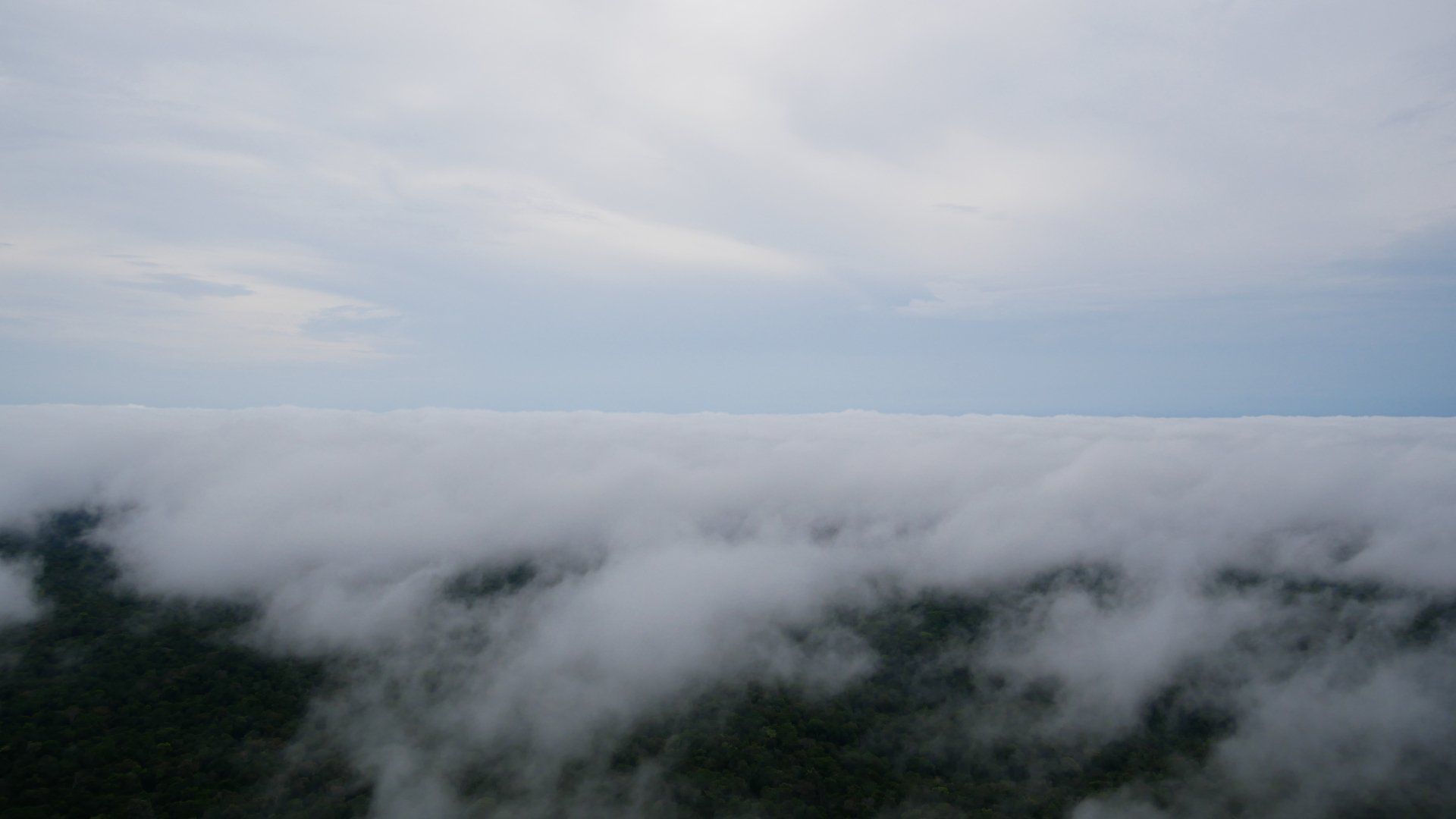
Pre-production
Planning for the shoot got underway well in advance, figuring out the logistics of getting to the tower, and how the crew would organize their 3-day shoot once they got there. Story Productions got straight to work on a 10-day pre-production planning process. This included:
- A detailed location report with information about ATTO Tower and the base camp;
- A logistics plan for travel to the tower, 150 kilometers (93 miles) from Manaus – a journey of a few hours by air, road and river;
- An hour-by-hour weather report;
- Advice on what to wear and any additional gear needed;
- A shooting schedule plus contact list for the whole crew;
- Assistance obtaining the right visas and shooting permits.
To support the Zero Point Zero Production Inc crew from New York, Story Productions provided a Brazilian fixer, a local assistant producer, a drone operator, and a sound operator. With years of experience
filming in the Amazon, Story Productions was able to plan for the very particular challenges that spending 3 days and 3 nights filming in the middle of the world’s largest rainforest, exposed to the elements, might throw up. Figuring out the particulars of shooting on the tower, however, would take some additional and very thoughtful planning, and you can watch more about that planning process in our
video interview with episode director Alyse Walsh and DoP Christoper Gill.
Planning the ATTO shoot schedule
“How long does it take a person to walk up to the tower, is there an elevator, is there electricity, is there running water?” were important questions raised by episode director Alyse Walsh ahead of the shoot. “Once we had you [Story Productions], it made our life so much easier,” she recalls. “Your team was wonderful to get all the information:
The answers are that it takes 60 minutes for a person to get to the top of the tower (and 45 to get down). There is no electricity or elevators at the tower, only stairs. Only 6 people are allowed to walk up at any one time. And multiple trips up the structure were not possible; the crew could only traverse the tower once each day.
With all this in mind, and the need to capture different images from different angles, the 3-day shoot needed some very careful planning. “I just mapped it out and thought about what would be the various shots we’d like to get,” Walsh explains. “We wanted to see Latif walking with the ATTO scientist Stefan Wolff. We wanted to have a wide shot to see them very small walking up to the tower. We also wanted some shots from behind them—that Chris would get with the handheld—to see their feet, their conversation while struggling to reach the top. So many different angles in only one journey. We organized it on a timeline and used walkie talkies for communication. It was really hard and exhausting.”
Filming challenges
For DoP Christopher Gill, there is always something unpredictable when filming a non-fiction scene as it unfolds, and that’s before even considering the particular challenges of this vertical location. The shot list that Walsh and producer Caroline Cannon put together before leaving the US to head on location in Chad and Brazil mapped out an excellent approach for the camera operators and the DoP.
“When we got there and saw all the variables regarding the tower, especially the natural light, we started to structure the shots,” Gill explains. “So the first part of the day was discovering Latif’s reactions and connecting to the drone, which took amazing shots of the tower. There’s a lot of invisible wires and it was difficult to operate the drone, but the Brazilian operator was very talented. It was really stunning work.”
The crew had to walk up the hundreds of steps in the heat, carrying the gear and all the while attached to a safety line to avoid a dangerous plummet to the ground below. “The only person on the crew that climbed up the tower twice was Josh, our camera operator, because we wanted to capture some time-lapses with the Go-Pros,” recalls Gill.
Racing the storm
From the top of the tower, the camera crew could see heavy rain clouds forming on the horizon. No one thought much of it. But then Stefan Wolff, ATTO meteorologist, knew that it could quickly develop into a thunderstorm and that everyone had to descend immediately. Standing on top of a tall metal tower during lightning strikes is incredibly risky—it actually gets struck quite often! The crew got themselves and the equipment down safely. “At that point, we didn’t get everything that we wanted to,” recalls Walsh. “But we also didn’t want to be struck by lightning! I couldn’t feel my legs for weeks later!”
Battling sound and sun
Animals make a lot of noise—especially howler monkeys. It was difficult to find breaks in the cacophony to capture the subtler sounds of the forest. Audio needed for the episode was also a challenge to record. For example, during the interview between Nasser and Wolff, a very noisy bird was interrupting with its loud calls every 10 minutes. In the end, they just embraced it (and a little editing magic in post-production also helped).
Following Nasser’s original idea, the monologues that appear at the end of each episode were all shot on location rather than in a studio. Out of all the six episodes in the series, shooting that final monologue in the Amazon was probably the hardest one. It took an entire day, between changes of lines and lenses, to tropical rain showers and adjusting the shot to the changing sunlight. To facilitate the process, the Story Productions crew put together an improvised tent to help control the lighting and protect the cameras.
Finding the right backdrop for the monologues was not straightforward either. The director wanted jungle in the background but the area where they could film had been cleared for camping. “We wanted to see the jungle, but we had to stay close to ATTO because we needed to power the lights,” recalls Gill. The scientists didn’t want the crew to wander into the jungle where they could risk getting lost or stepping on a snake. After a good hunt around, a good place to film was found, and without anyone getting lost or hurt.
Bringing the right equipment
For docuseries, Gill prefers the manually controlled still lenses that allow him to pull focus naturally, especially while moving with the handheld camera. For Connected, Chris used a mix of the budget-friendly and light-weight Fuji MK Series lenses, which work better for challenging environments like the ATTO Tower. The team also had a set of Rokinon Primes.
“We couldn’t bring many cases with us,” Alyse elaborates. “There’s only so many you can fit into these small boats we took to get to ATTO. Not just in the Amazon, but also in Chad... the shoots were difficult in terms of travel, so we kept in mind our small crew size and what we could do with the gear we could carry.”
Related stories
Share this story:
Get the latest news straight into your inbox!
Contact Us
Read another story
